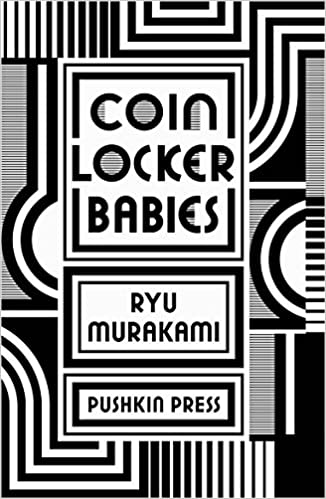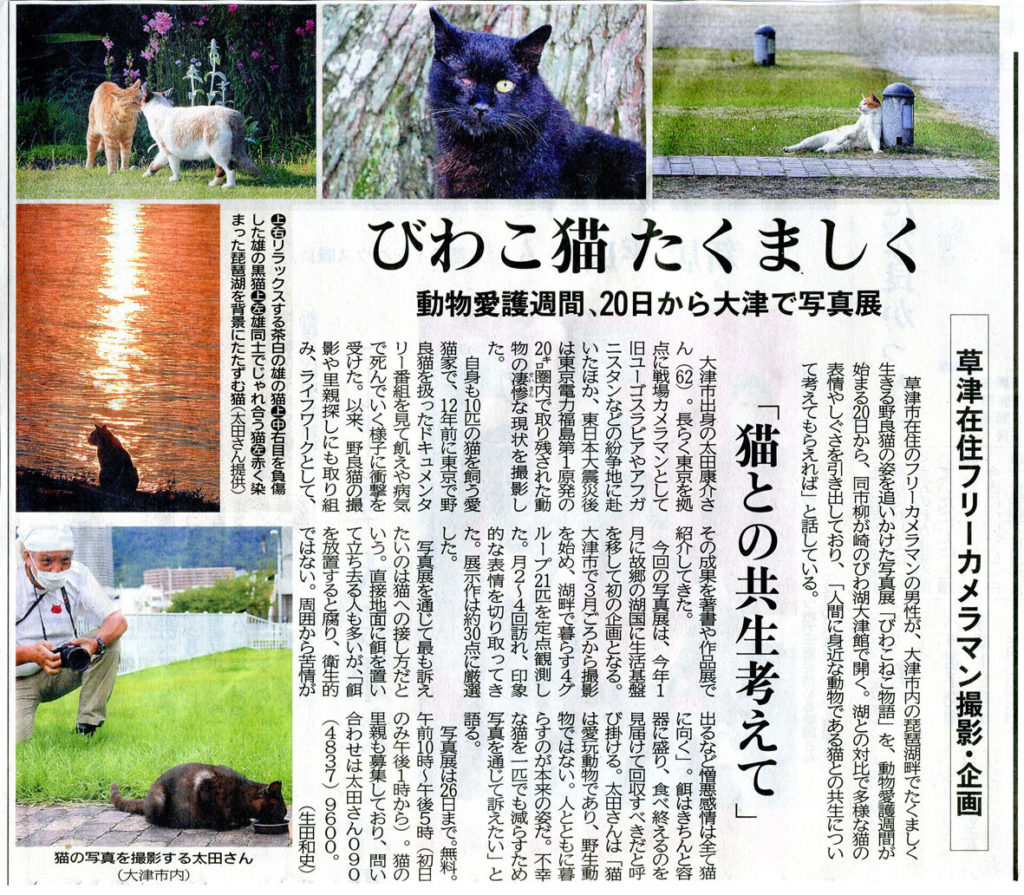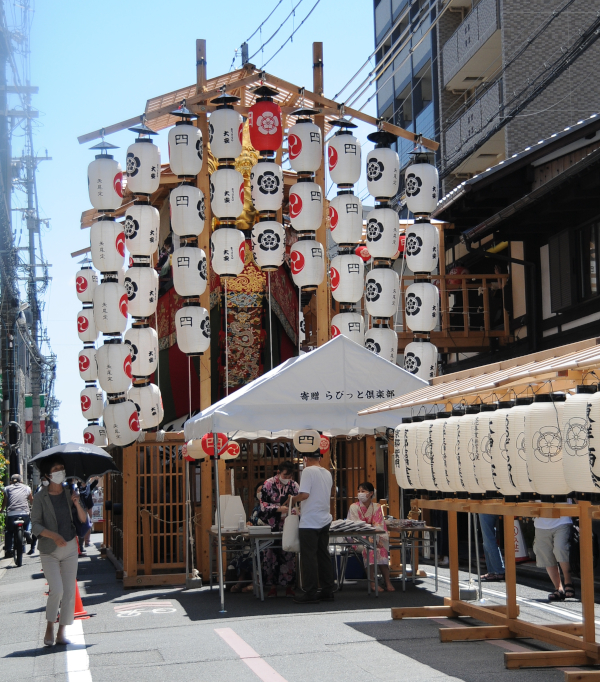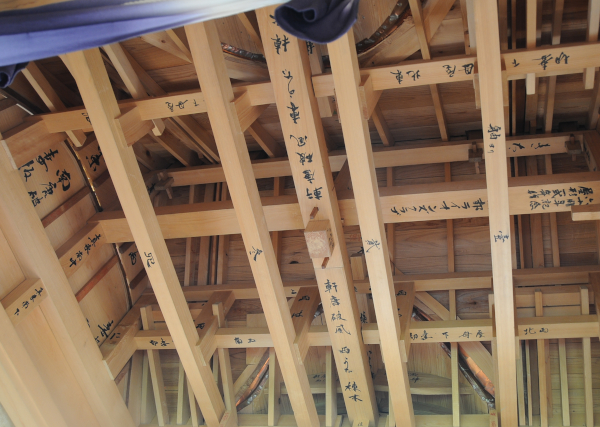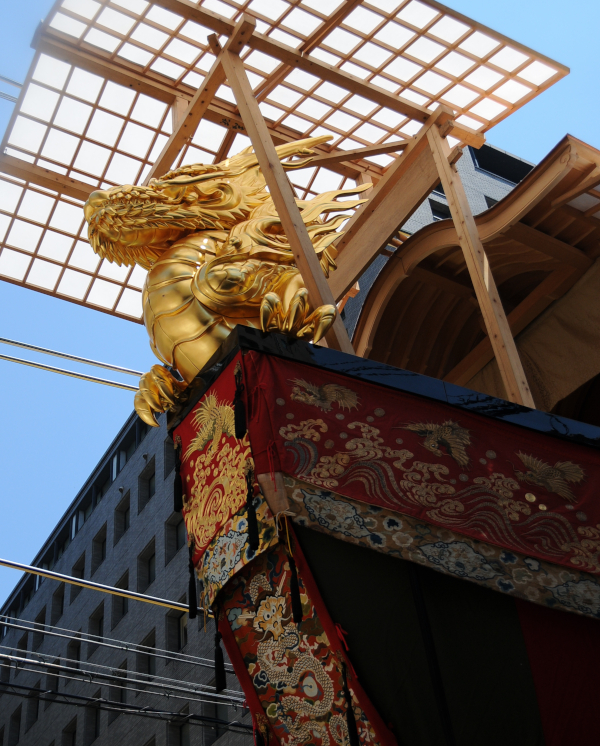As I mentioned a couple of weeks ago, around this time last year, I took a pleasure cruise on the Lake Biwa Canal from Otsu to Kyoto. I’m finally ready to share a few pictures and a bit more info on this marvel of Japanese engineering.
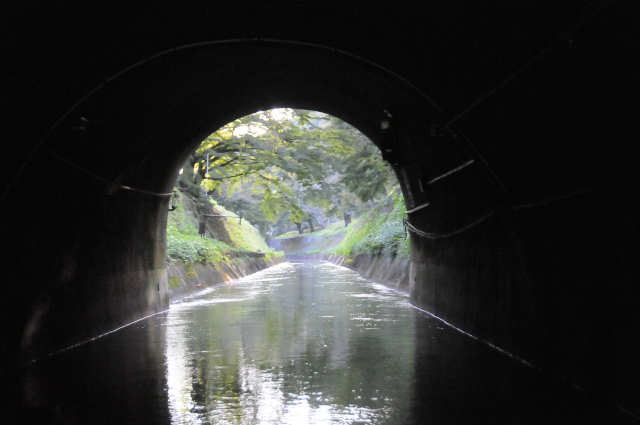
The Lake Biwa Canal was constructed from 1885 to 1890 and was mainly meant to ease transportation of goods from Shiga to Osaka, one of the biggest centres of business in Japan then and now. Additionally, the canal’s water was – and still is – used as water supply for the city, to produce electricity in the first commercial hydroelectric plant in Japan (for the very first electric tram), and to provide water to a number of gardens near the Keage incline (like Nanzen-ji or Murin-an and even the Imperial Palace) and to rice paddies in the north of Kyoto.
When it was built, the canal was quite the engineering marvel, even more so because it was built entirely by Japanese people, from the cheap day labourers to the head of engineering. It soon attracted many tourists who wanted to walk along it or even take a cruise on the canal. In the 1950s, the canal was not being used any longer and everything was shut down, but a few years ago, it was revitalised, and now again you can take cruises in spring time during the cherry blossoms and in autumn during the koyo. So, let’s go!
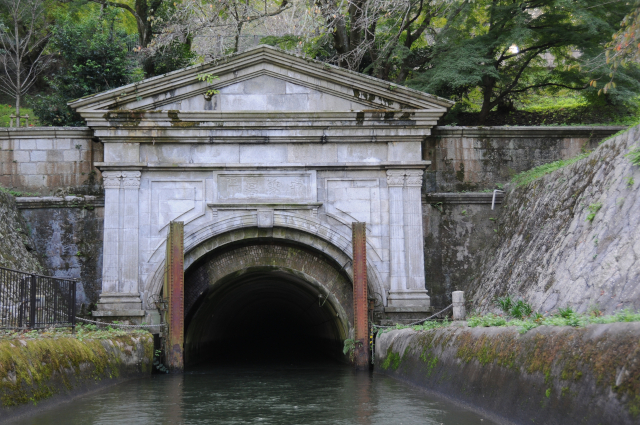
Right after you board the ship, the first of three tunnels begins. With 2,436 m, this is the longest tunnel, and it was constructed from three sides: The excavating would start from the two ends of the tunnel and from a 47 m deep vertical shaft in the middle of it. This was the first time this method was used in Japan, probably because the chief engineer, Sakuro Tanabe, learnt it from his Scottish professor at university. Yes, Tanabe was only 24 years old when the construction started. I doubt that any fresh graduate would get such an important job today.
The tunnels have interesting features. On top of the portals on each end are large stone inscriptions penned by important elder statesmen of the time, and they surprisingly poetic. Halfway through the first tunnel, there is a very large tablet with the words of Kunimichi Kitagaki, the third governor of Kyoto Prefecture. It reads “The Imperial Throne is eternal”.
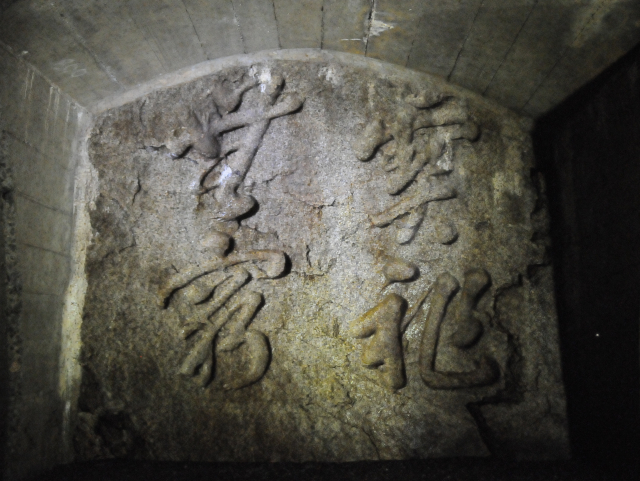
It is interesting to note that the canal is very shallow. Obviously, there were no motorboats around when the canal was built, so the boats carrying goods and passengers were propelled forward by long stakes, like the gondolas in Venice. A slight decline of 4 meters from Otsu to Keage keeps the water flowing and the boats moving. However, what surprised me most on the trip was the fog in the first tunnel. It was a nice and warm day outside, but it cooled down quite a bit inside the tunnels. There were also many insects, obviously attracted to the light of the boat.

When you exit the first tunnel, you find yourself in a very quiet part of Kyoto. Most tourists never visit Yamashina, even though Bisshamon-do temple is quite famous, and especially lovely in autumn. The Shinomiya Dock is surrounded by large trees and must be very beautiful during the momiji. As you can see, I took the trip too early, but it is still a lovely sight. The dock was once a resting place for the workers on the canal, and even now, you could get off the boat here. I guess not many people do so, though.
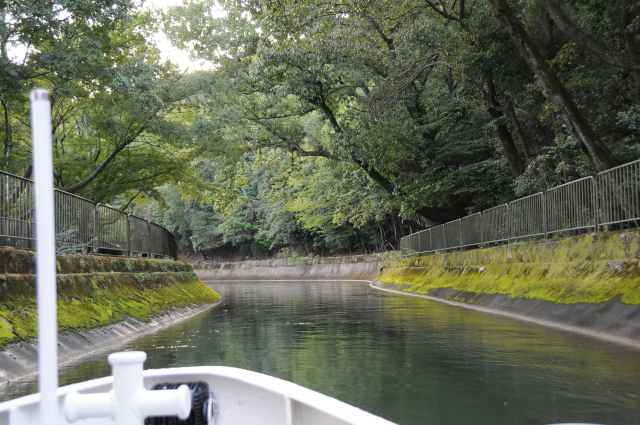
Right after the dock is the so-called Moroha tunnel. It was only built in 1970 when the nearby railroad was straightened out and part of the canal had to give way to it. Beyond it lie a number of bridges to get to Yamashina, and there is a long walking path that follows the canal until the second tunnel, the shortest with only 124 meters. The red bridge below is the Seichaku bridge, and it leads to Honkokuji temple, which is connected to Nichiren.
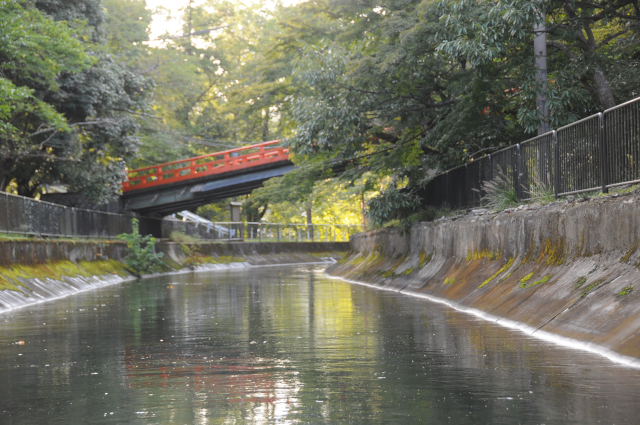
The final and third tunnel is 850 m long and leads to Keage in Kyoto, near Nanzen-ji temple. Directly next to it is a beautiful Western-style building, the former Imperial Palace Water Pump Station. From here, the water of the canal takes a 30 m or so plunge to the Keage Power Plant to produce electricity for Kyoto. This Keage Incline, where the boats were brought down on rails, is famous for its cherry trees in spring. Another branch canal takes water to the nearby aqueduct of Nanzen-ji temple. From there it also feeds the canal on the Philosopher’s Path.
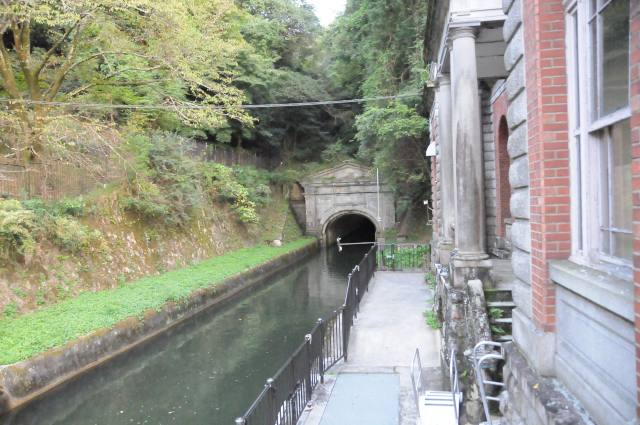
I really enjoyed going on this trip and I recommend it to everyone. With only 12 passengers per boat plus two staff members, it is an almost intimate experience. For 55 minutes, you’ll see a part of Kyoto and hear of a history that even many Japanese are not aware of. You should give it a try! This year, the schedule has been greatly reduced (thanks, Corona), and it may be hard to get a spot on one of the boats. Alternatively, you can also walk or cycle along the canal, and while the perspective is different, it’s still something very special to do.
For more info on the Lake Biwa Canal and decidedly better photos than mine, check out their homepage here: https://biwakososui.kyoto.travel/en/ By the way: I recommend not just taking the cruise, but going to Otsu a bit early and spending time there and on Lake Biwa for a nicely rounded day trip.

